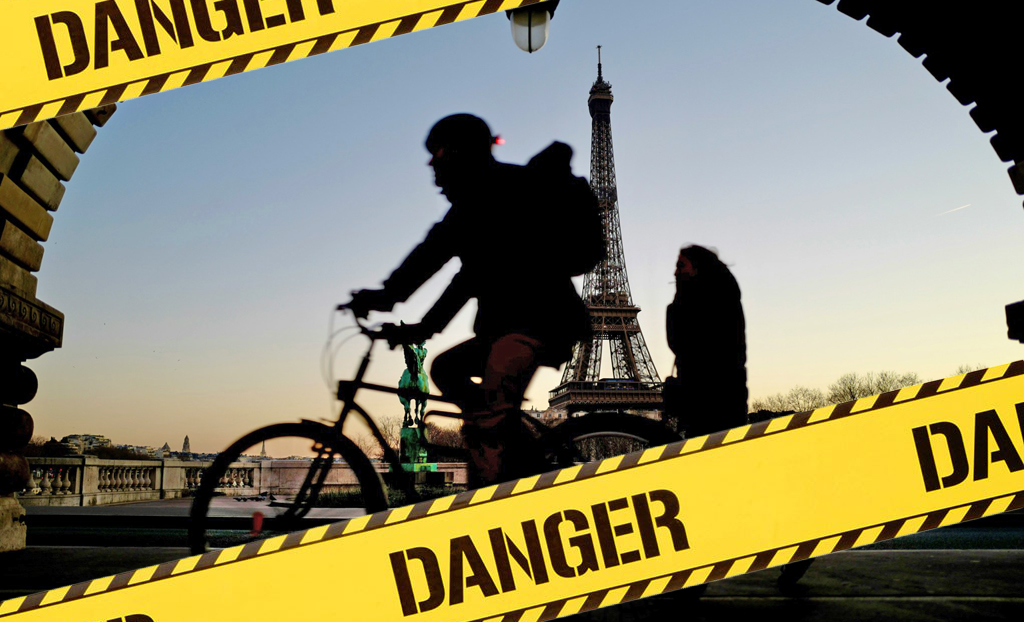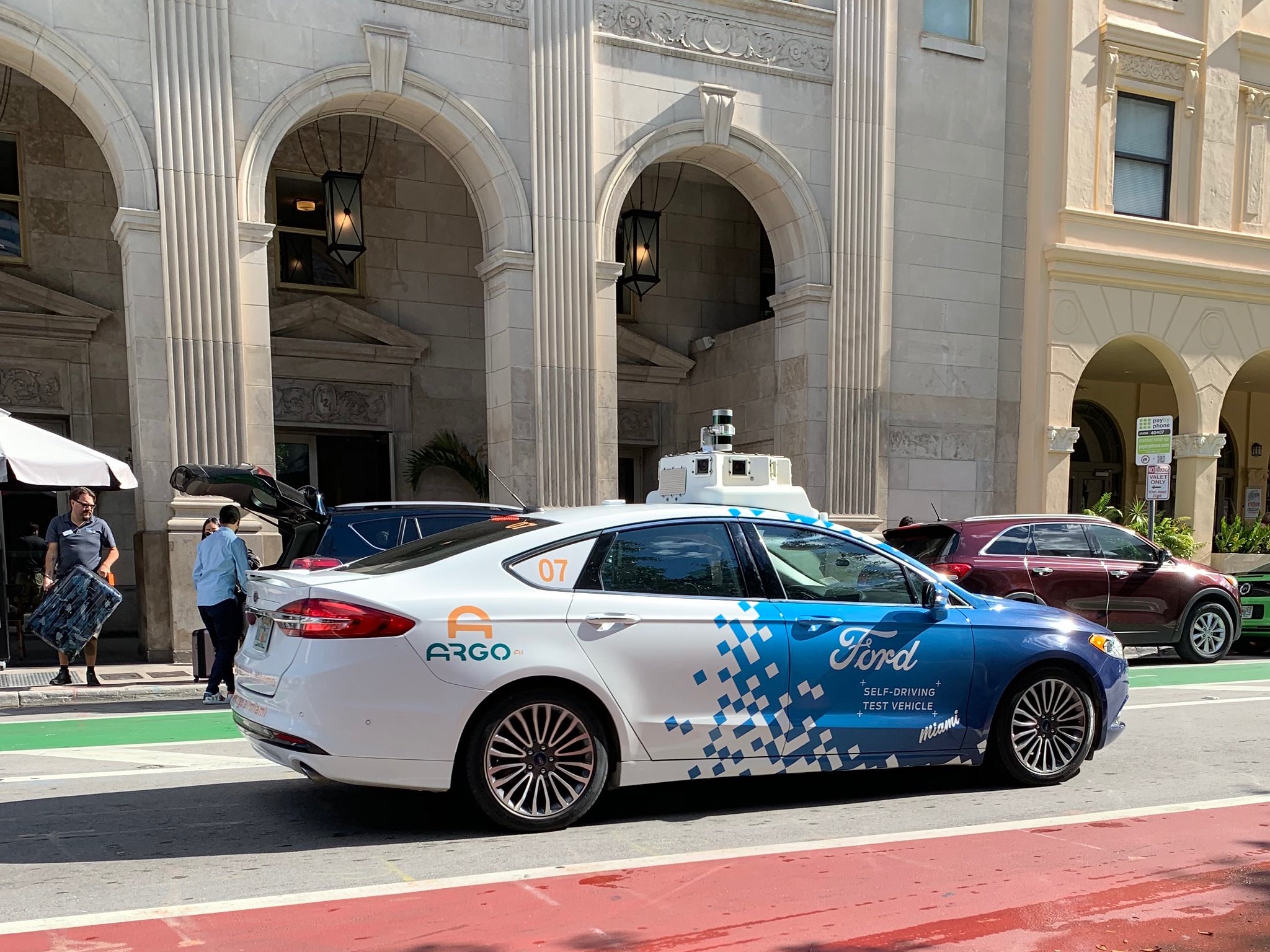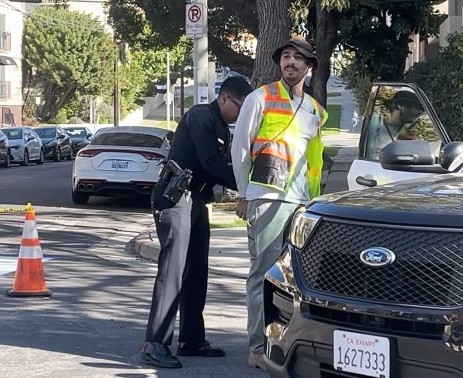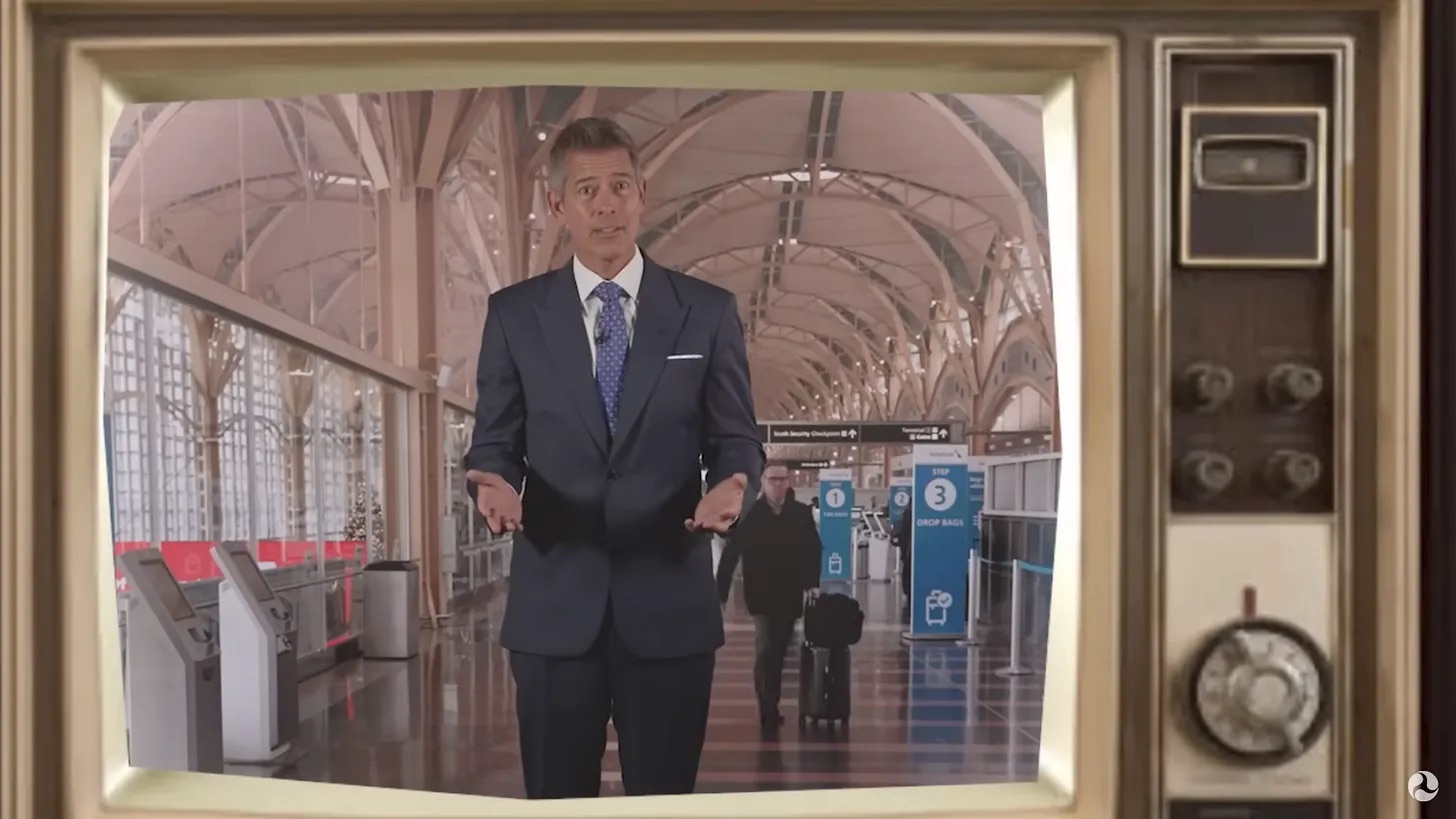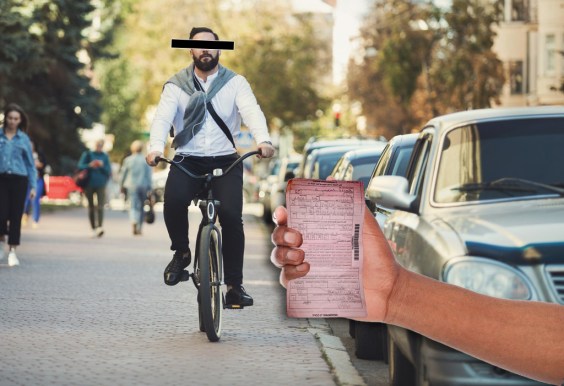On Oct. 15, 27-year-old cyclist and bike advocate Paul Varry was run over and killed by a 52-year-old SUV driver in Paris, in what prosecutors allege was a deliberate act of road rage.
The New York Times, though, suggested that another suspect deserved some of the blame: Paris Mayor Anne Hidalgo, who, the paper said, has been "ratcheting up tensions" in the City of Light by implementing policies that "limit the movement, speed and parking options of cars."

In a stunningly misguided article "Death of Cyclist in Paris Lays Bare Divide in Mayor’s War Against Cars," writers Richard Fausset and Ségolène Le Stradic devoted much of the first 1,000 words of a roughly 1,450-word story to those who would paint Varry's death as the latest salvo in the battle against Paris motorists' "liberty to circulate," to quote just one of the many angered drivers the writers interviewed.
According to the same driver, Hidalgo "is putting a garrote around Paris" by building bike paths and reducing speed limits on many of the city's most famous roads — an "anti-car stance" that the article seemingly implies is now driving motorists to lethal violence.
What Fausset and Le Stradic don't mention, though, is that Varry wasn't biking in one of Paris's many protected cycle paths, but on an unprotected bike lane flanking a four-lane road. And that lack of protection is precisely what allowed the driver who killed Varry to steer into the bike lane for about 200 meters — nearly the length of two football fields — before running over Varry's foot.
Witnesses say it was only after Varry abandoned his bike and approached the driver's side of the vehicle that the motorist steered into the cyclist directly, an act of violence so extreme that witnesses were reportedly "still on the pavement in shock" long afterwards. The driver told his attorney that he had been attempting to turn right, but because of a "clumsy movement," he steered over Varry's body instead.

Of course, the Times isn't the only outlet whose coverage of car-on-bicycle crashes makes such breathtaking omissions.
Countless U.S. journalists routinely reduce the deaths of vulnerable road users to bloodless soundbites, sanitizing grisly acts of traffic violence into annoying but temporary slow-downs for motorists. They call even the most avoidable crashes "accidents," without stopping to analyze the myriad ways that policymakers, road designers, and drivers themselves could and should have prevented these very preventable deaths. They use the passive voice and non-agentive language to subtly exonerate even the most aggressive motorists, with sentences like "the cyclist was killed by an SUV" — rather than "an SUV driver killed a cyclist" — even in cases when road rage or recklessness played an irrefutable role.
Too often, time-strapped journalists don't even mention victims' names, recycling flimsy police reports into articles that fail to acknowledge how a sudden, violent death might upend the lives of survivors — nevermind interviewing any of the mourners about the person they've lost. And while there are understandable structural reasons why reporters take those shortcuts, it still has a devastating and unacceptable effect on how the public at large perceives (and ultimately, shrugs off) the impact of car crashes. (And, lest we forget, most police narratives about crashes are based on one witness: the driver.)
In some ways, though, Fausset and Le Stradic's article could prove even more damaging than the standard "pedestrian killed by Volvo in accident" fare that's familiar in so many U.S. newspapers. And that's because it seems to imply that the driver who killed Paul Varry was a victim of a misguided "war on cars" — and so naturally, he took up arms in self defense.
Throughout their article, Fausset, Le Stradic and their interviewees portray Paris's second cycling revolution as either an antiquated throwback to the bygone days of the 19th-century flâneur, or a new front in the class war between Paris's car-reliant working-class suburbs and its wealthy downtown. The city, the authors argue, "has long harbored an innate tension between the big-city need for speed and the more languorous pleasures of 'la belle vie.'" The "need for speed," of course, is implied to be synonymous with driving, while "la belle vie" is equated with aristocrats and tourists out for leisurely strolls.
Blue-collar suburbanites, one interviewee says, "need these cars to be able to move around and live;” people who walk, meanwhile, are linked to (possibly apocryphal) 150 year-old aristocrats who deliberately "slowed their roll by walking with a turtle on a leash."
Of course, Paul was on the younger side of the Gen-Z set, not a Belle Époque-era fop, and he hailed from (and biked in) one of the suburbs where supposedly everyone "needs" to drive at all times.
The Times story also doesn't mention that some lines on the Paris Metro will soon average 35 to 40 miles per hour, fulfilling Parisians' "need for speed" even if they can't or don't drive. The colossal impact of Paris's biking revolution on air pollution, meanwhile, is mentioned only briefly, while its boosts to safety and local businesses are ignored completely in favor of business owners' unsubstantiated fears about losing customers, and vague swipes at the "threat" of "cyclists streaking wantonly through intersections."
Rather than "limit[ing] the movement, speed and parking options of cars" out of some weird vendetta against motorists, many advocates would argue that Hidalgo has actually opened up vast new realms of mobility for everyone who steps outside an automobile — not to mention better health, fewer monthly costs, more opportunities, and far less risk of violent death. Motorists, meanwhile, are still free to drive as much as they wish, provided they help pay the real price that choice imposes on everyone around them.
That framing, though, wouldn't have provided a tidy narrative for why a driver would mow down a 27-year-old man in broad daylight, even as his teenage daughter looked on from the passenger's seat.
The real reasons why cyclists like Varry keep dying in Paris, of course, are fundamentally the same as everywhere else around the world.
It's because there still aren't enough protected bike lanes between cyclists and the drivers who would intentionally or unintentionally harm them, even in cities that have made it their mission to build those networks with astonishing speed.
It's because passenger vehicles like SUVs are getting taller and more deadly for everyone they might strike, even in cities that are in the process of passing some of the most progressive local vehicle safety laws on the planet.
And it's because our culture — including many journalists — have told motorists that they are the target of a war that does not exist, and they are within their rights to weaponize their vehicles if their perceived enemy attacks.
As Alexis Fremeaux, co-president of the French Federation of Bicycle Users, told the Associated Press, “Paul’s death ... stirred such emotion because this kind of murder is exceptional. But the violence that cyclists face on the roads today — every cyclist has experienced it. Whether it’s threats, being put under pressure, being endangered, or even deliberate collisions — every cyclist has a story to tell."
Paul Varry is no longer here to tell his story. Millions of people who lose their lives in less blatantly aggressive (but still preventable) instances of traffic violence aren't here, either. And if outlets like the Times can't tell the story of their deaths with far more care, they should hire writers who can.
